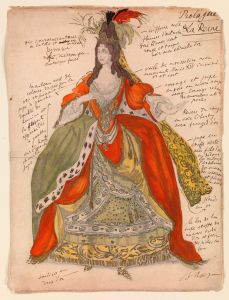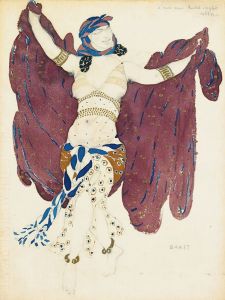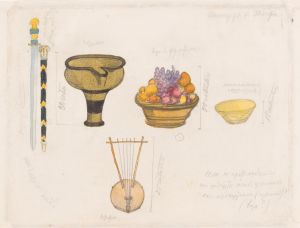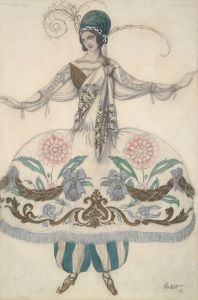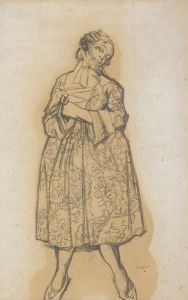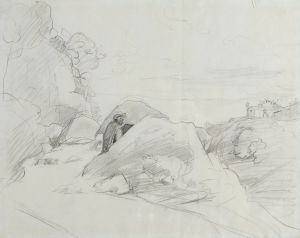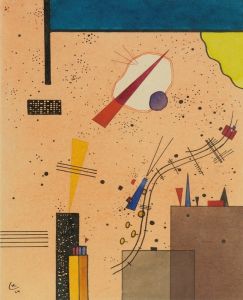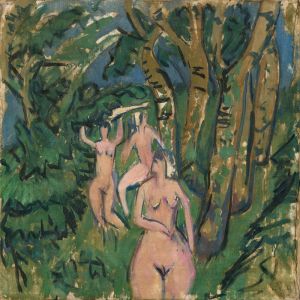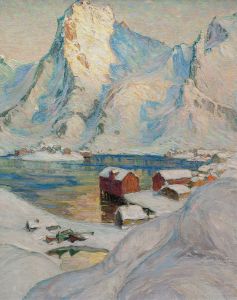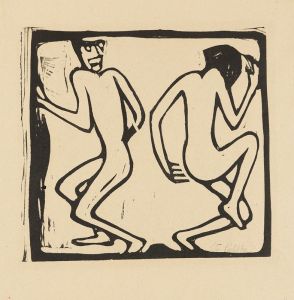
Landscape
A hand-painted replica of Léon Bakst’s masterpiece Landscape, meticulously crafted by professional artists to capture the true essence of the original. Each piece is created with museum-quality canvas and rare mineral pigments, carefully painted by experienced artists with delicate brushstrokes and rich, layered colors to perfectly recreate the texture of the original artwork. Unlike machine-printed reproductions, this hand-painted version brings the painting to life, infused with the artist’s emotions and skill in every stroke. Whether for personal collection or home decoration, it instantly elevates the artistic atmosphere of any space.
Léon Bakst, born Lev Samoilovich Rosenberg in 1866, was a Russian painter and scene and costume designer, primarily known for his work with the Ballets Russes. His contributions to the world of art and theater were significant during the late 19th and early 20th centuries. While Bakst is celebrated for his vibrant and exotic designs for ballet and opera, his work as a painter, particularly in landscapes, is less documented and discussed.
"Landscape" by Léon Bakst is one of his lesser-known works, and there is limited information available about this specific painting. Bakst's artistic style was heavily influenced by his background and the cultural milieu of his time. He was associated with the Mir iskusstva (World of Art) movement, which emphasized the importance of beauty and aestheticism in art. This movement was a reaction against the realism that dominated Russian art in the late 19th century, and it sought to bring a more decorative and imaginative approach to art.
Bakst's landscapes, like his other works, often reflect his interest in color, form, and composition. His training at the Imperial Academy of Arts in St. Petersburg and his exposure to various European art movements during his travels influenced his style. While specific details about "Landscape" are scarce, it can be inferred that Bakst's approach to landscape painting would incorporate his characteristic use of vivid colors and dynamic compositions.
In his broader body of work, Bakst often drew inspiration from the natural world, mythology, and the exotic. His designs for the Ballets Russes, such as those for "The Firebird" and "Scheherazade," showcase his ability to blend elements of fantasy with a keen sense of place and atmosphere. This same sensibility likely informed his approach to landscape painting, where he could explore the interplay of light, color, and texture.
Bakst's impact on the art world extends beyond his paintings and designs. He was a key figure in the development of modern stage design, and his work influenced many artists and designers who followed. His ability to create immersive and imaginative environments set a new standard for theatrical productions and contributed to the success of the Ballets Russes as a groundbreaking artistic enterprise.
Despite the limited information on "Landscape" specifically, Léon Bakst's legacy as an artist is well-established. His work continues to be studied and appreciated for its innovation, beauty, and influence on both visual and performing arts. As with many artists of his time, some of Bakst's works may not have been extensively documented or may reside in private collections, contributing to the scarcity of detailed information on certain pieces.
In summary, while specific details about "Landscape" by Léon Bakst are not readily available, his overall contribution to art and design is significant. His landscapes, like his other works, likely reflect his distinctive style and artistic vision, characterized by vibrant color, imaginative composition, and a deep appreciation for beauty and aesthetics.






